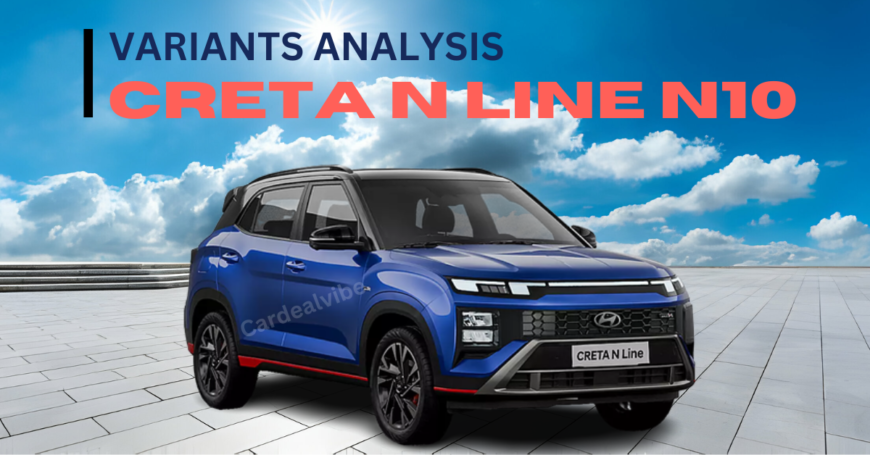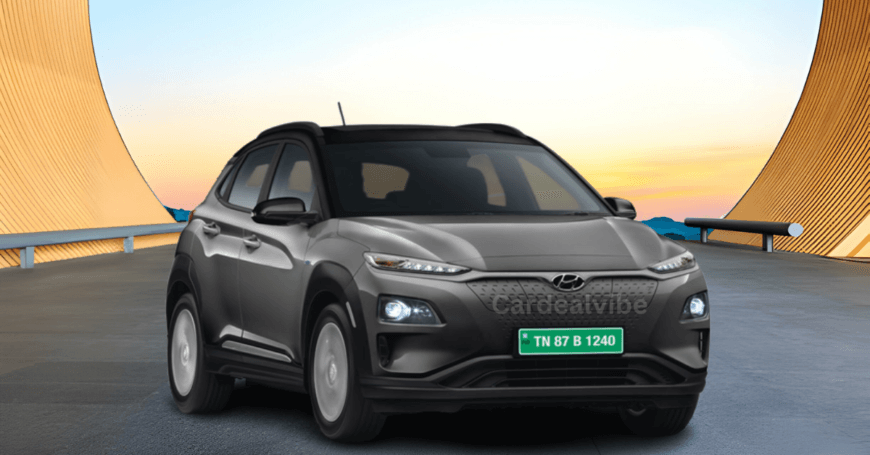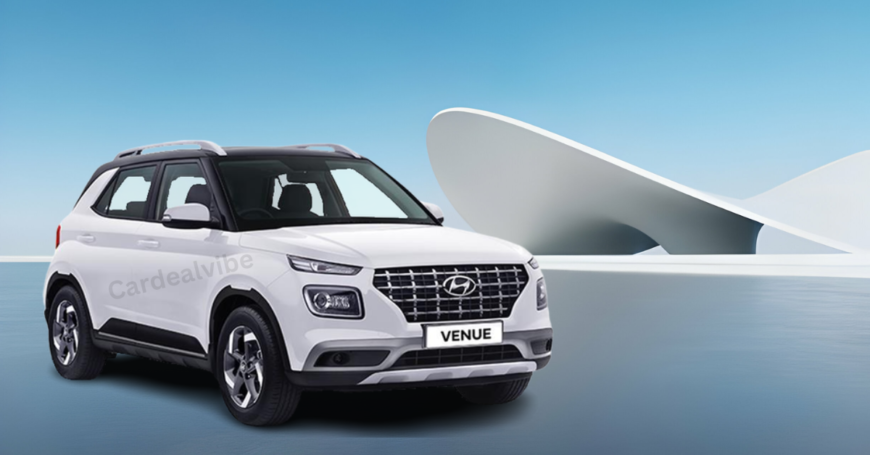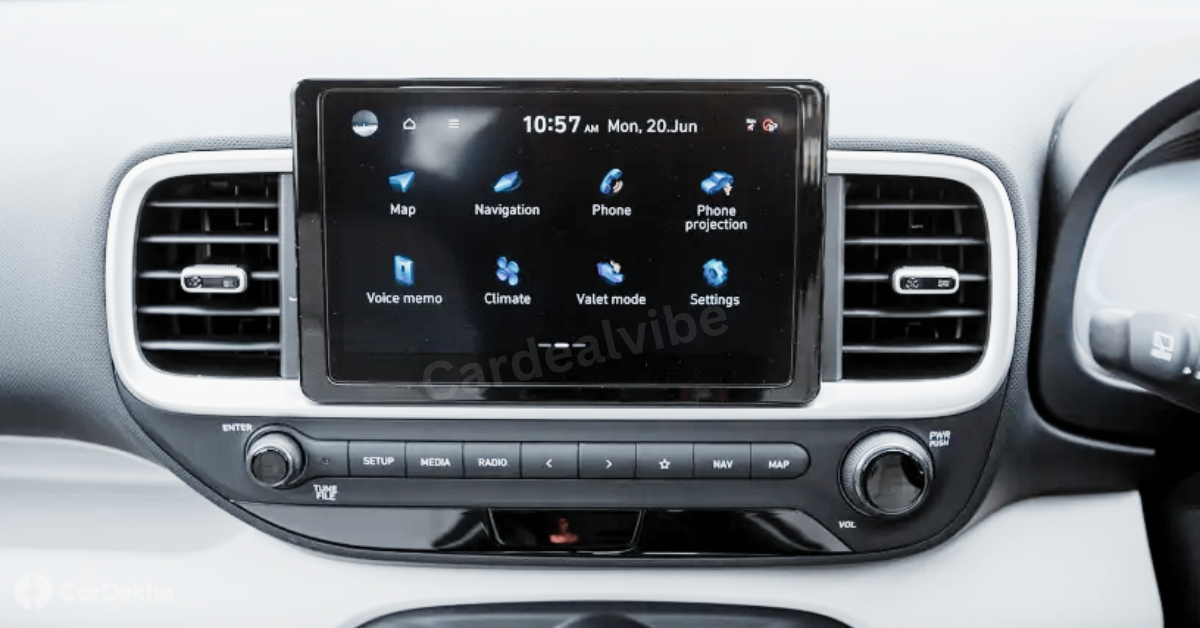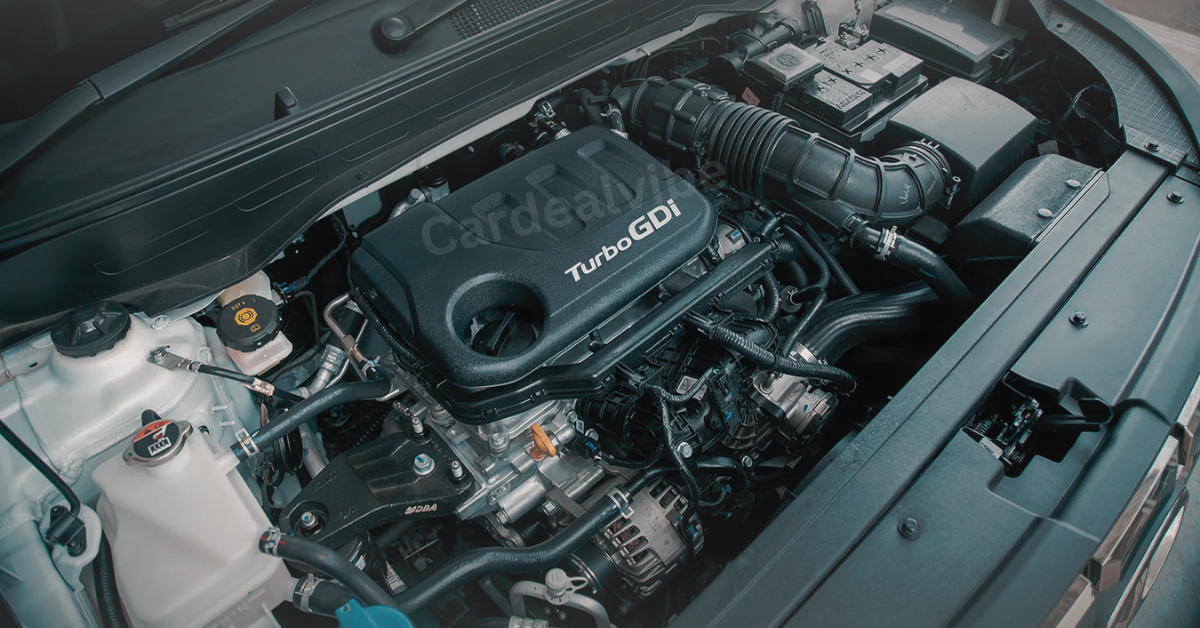Analysis of the Top-spec Hyundai Creta N Line N10 Variant: Is It Worth It?
The top-spec N10 model of the Hyundai Creta N Line costs significantly more but gains a few extra conveniences and safety technologies despite having the same appearance as the base N8 variant. Similar to the N8, the 160 PS turbo-petrol engine of the N10 version is available with both manual and automatic transmissions. Let’s examine whether expanding your budget makes sense:
Variant | 1.5-litre Turbo-petrol MT | 1.5-litre Turbo-petrol DCT |
N10 | Rs 19.34 lakh | Rs 20.30 lakh |
Why Give The Creta N Line N10 Any Thought?
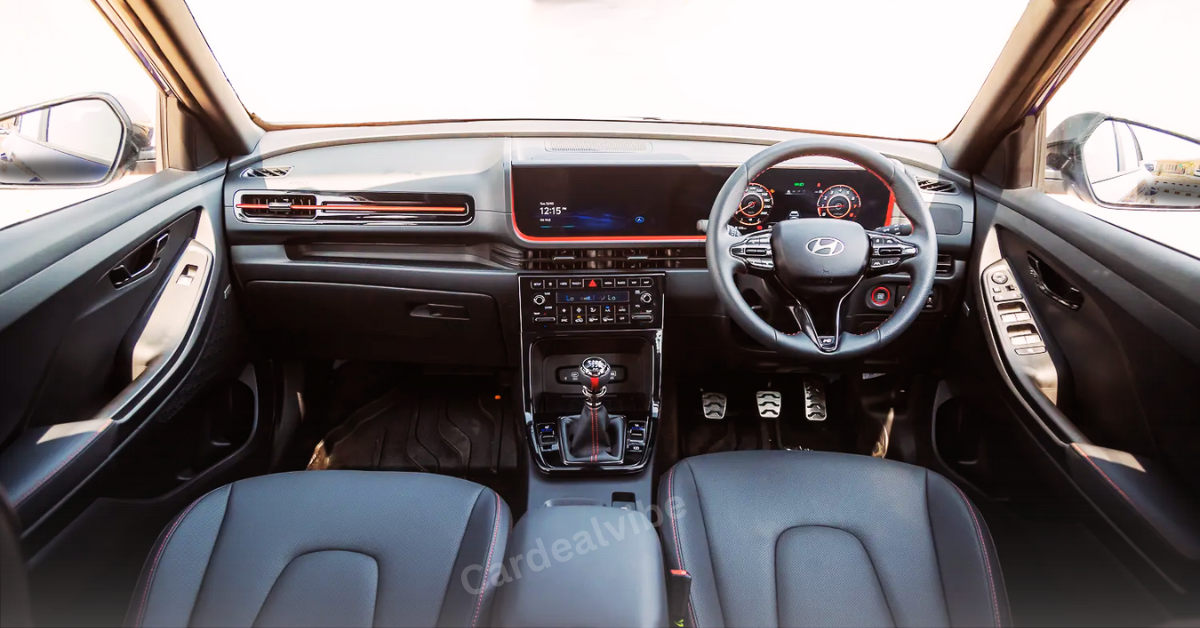
The N10 version is the one to choose if you want to enjoy the premier Hyundai Creta N Line experience with all of the luxury features included with the SUV. In comparison to the N8, it has more features such power-adjustable driver’s seat, advanced driver assistance systems (ADAS), 360-degree camera, ventilated front seats, and dual 10. 25-inch displays (one for infotainment and the other for instruments). For an extra charge of up to Rs 2.52 lakh, all these extra functions are available.
| Exterior | Interior | Comfort and Convenience | Infotainment | Safety | |
| Highlight features |
|
|
|
|
|
| Other features |
|
|
|
|
|
What Could Have Been Better About The Creta N Line N10?
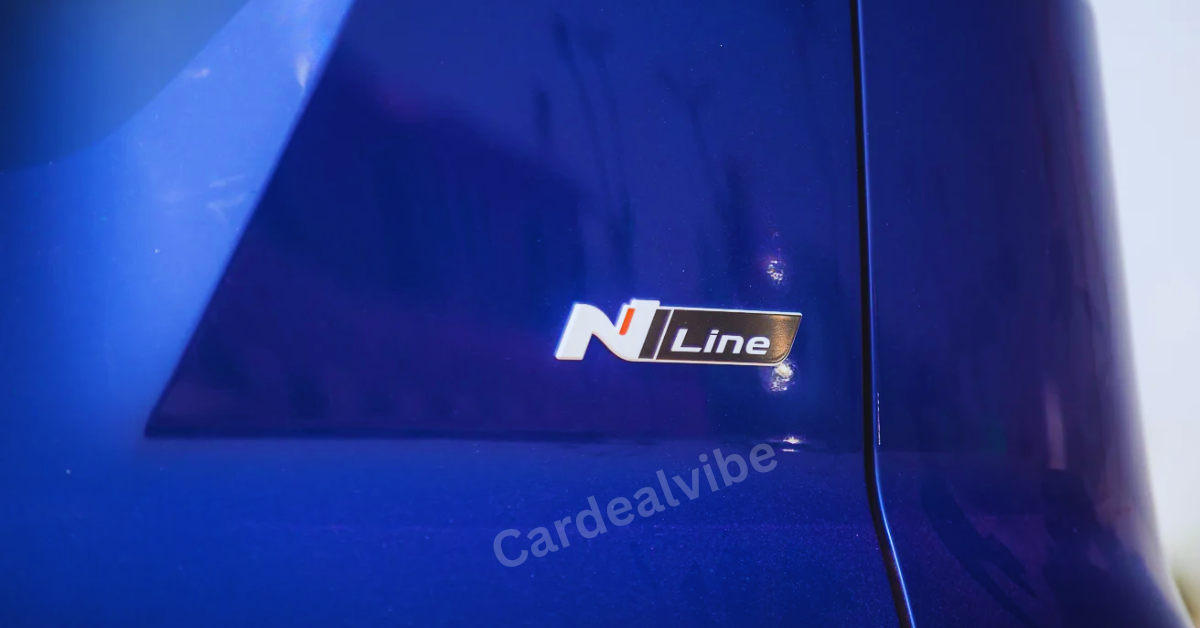
The N10 is a rather well-packaged model, but given that its costs are well above Rs 20 lakh, it should have benefitted from a few extra high-end features like a motorized co-driver seat and a heads-up display. That said, the N10 promises to deliver a sporty N Line feel on the well-liked Hyundai SUV, combined with the best comforts and safety technology.
| Variant | Verdict |
N8 | Despite having a lot of technology, it lacks several unique characteristics. Select only if you can forgo the flagship experience in favor of the more affordable, sportier Creta with the MT. |
N10 | If you want the full N Line-specific experience from the SUV and would rather have extra safety features, go for it. |
Also Read: Bollywood Actor Kartik Aaryan Currently Owns A Rover Range Rover SV And A McLaren GT.
Hyundai Kona Electric
Hyundai Kona Electric is an electric vehicle with five seats. The base price of the Hyundai Kona Electric is ₹ 23.84 Lakh, while the top variant is ₹ 24.03 Lakh. It comes in two versions, each with a 452 km battery life. It features quick charging capabilities and can be charged in 19 hours using AC power (2.8 kW, 0%–100%). This model includes six airbags for protection. There are 5 colors available for this model. Hyundai Kona Electric EV has received an overall user rating of 4.4 out of 5 based on reviews from other users.
| Pros | Cons |
|
|
|
|
|
|
|
|
| |
|
Read More On: Mahindra XUV700
Hyundai Creta N Line vs. Turbo-petrol Competitors: Purported Fuel Economy Comparison
The Hyundai Creta N Line was just introduced in India, and the carmaker has made all of the information on the features, technical specs, and fuel economy of the SUV public. Exclusively offered with a 1.5-liter turbo-petrol engine, the Kia Seltos, Volkswagen Taigun, and Skoda Kushaq’s comparably potent versions face off against the Creta N Line. Let’s examine the Creta N Line’s cost effectiveness compared to its competitors.
| Specifications | Hyundai Creta N Line | Kia Seltos | Volkswagen Taigun | Skoda Kushaq |
| Engine | 1.5-litre turbo-petrol | 1.5-litre turbo-petrol | 1.5-litre turbo-petrol | 1.5-litre turbo-petrol |
| Power | 160 PS | 160 PS | 150 PS | 150 PS |
| Torque | 253 Nm | 253 Nm | 250 Nm | 250 Nm |
| Transmission | 6-speed MT / 7-speed DCT | 6-speed iMT / 7-speed DCT | 6-speed MT / 7-speed DCT | 6-speed MT / 7-speed DCT |
| Claimed Fuel Efficiency | 18 km (MT) / 18.2 kmpl (DCT) | 17.7 kmpl (iMT) / 17.9 kmpl (DCT) | 18.61 kmpl (MT) / 19.01 kmpl (DCT) | 18.60 kmpl (MT) / 18.86 kmpl (DCT) |
Principal Learnings
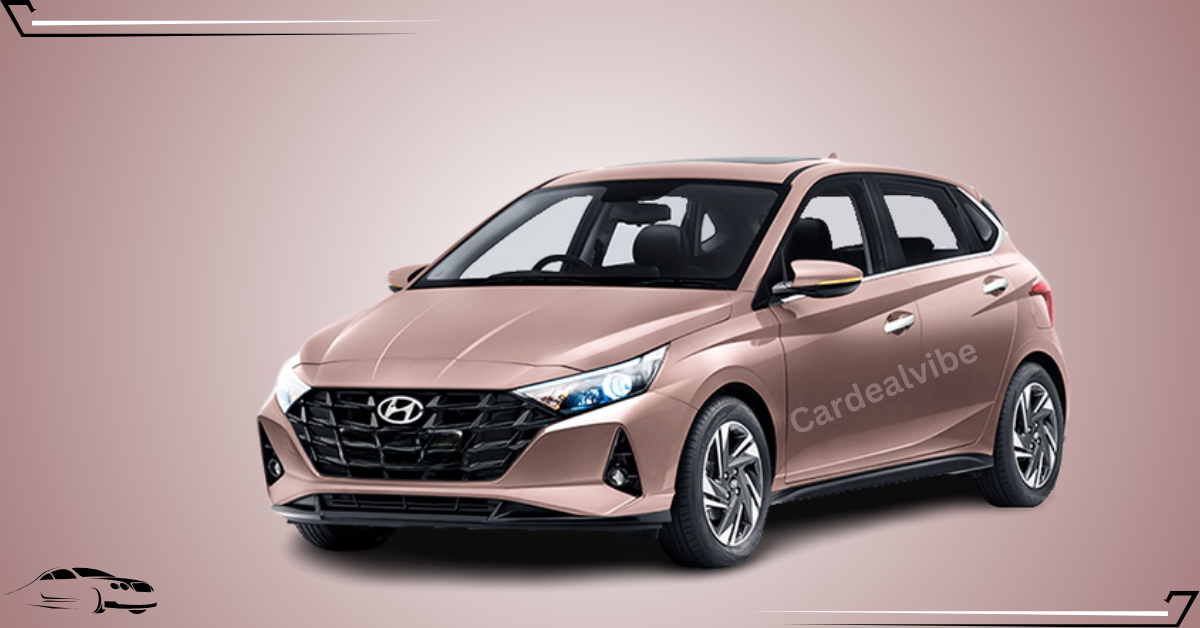
- The 1.5-liter turbo-petrol engine that powers the Hyundai Creta N Line is mated to a 6-speed manual or a 7-speed dual-clutch gearbox (automated DCT). Although it is less economical than the Skoda-VW SUVs, it claims to give marginally higher fuel efficiency than the Kia Seltos.
- Although the Seltos and the Creta N Line share the same 1.5-liter turbo-petrol engine, the Seltos has the lowest fuel efficiency of all the SUVs listed here. But the only small SUV with an option for a 6-speed iMT (manual transmission without clutch pedal) is the Seltos.

- The 1.5-liter turbo-petrol engine in the Taigun and Kushaq has 10 PS less power than the one in the Creta N Line and Seltos. Out of all the SUVs listed here, Volkswagen’s compact SUV with DCT automatic gives the best fuel economy.
- With a 6-speed manual gearbox, the Skoda Kushaq nearly matches the fuel efficiency of the Volkswagen SUV, but with a 7-speed dual-clutch transmission, it is marginally less fuel-efficient than the Taigun.
- Not to mention, for enhanced economy, the Skoda-VW engine unit has active cylinder technology. When the engine is not under stress, such as when driving at high speeds on the highway in the highest gear, this mechanism permits two of the four-engine cylinders to become idle.
Disclaimer: Please be aware that the producers of the different products have made these fuel economy claims. The real fuel economy may differ depending on variables like weather, driving style, and state of the car.
In this case, the Volkswagen Taigun stands out as the most performance-focused small SUV. However, despite having a 6-speed iMT option, the Kia Seltos has the lowest fuel efficiency. Considered in isolation from its competitors, the Hyundai Creta N Line’s stated fuel efficiency is neither noteworthy nor concerning.
Prices
| Hyundai Creta N Line | Kia Seltos | Volkswagen Taigun | Skoda Kushaq |
| Rs 16.82 lakh to Rs 20.30 lakh (introductory) | Rs 15 lakh to Rs 20.30 lakh | Rs 16.77 lakh to Rs 20 lakh | Rs 15.99 lakh to Rs 20.49 lakh |
Ex-showroom rates apply to all
Please take notice that the prices listed below are exclusively for the 1.5-liter turbo-petrol version of these SUVs.
Read More On: Discounts Of More Than Rs 1 Lakh Are Being Provided This March For Tata Tiago EV, Ata Tigor EV, And Tata Nexon EV
Hyundai Venue
There’s a new Executive version of the Hyundai Venue. Cost: Ex-showroom Delhi prices range from Rs 7.94 lakh to Rs 13.48 lakh for the venue. variations: E, S, S+/S(O), SX, and SX(O) are its five broad variations.
Colour Options: Typhoon Silver, Titan Grey, Denim Blue, Fiery Red, Atlas White, Abyss Black, and Fiery Red with an Abyss Black roof are the six monotone and one dual-tone colour options available.
Engine and Transmission: There are three engine options available for Hyundai’s sub-4m SUV
- A 5-speed manual and a 1.2-liter gasoline engine with 83 horsepower and 114 Nm
- a 1-liter turbo-petrol with a 6-speed manual transmission (60 PS/172 Nm) or a 7-speed DCT (dual-clutch automatic) as an option,
- a 1.5-liter diesel engine producing 250 Nm and 116 PS that is solely connected to a 6-speed manual gearbox.
Features: An 8-inch touchscreen with linked automotive technology that supports Google and Alexa voice assistants, as well as an 8-inch semi-digital driver’s display, are among the primary features. It also has a push-button start/stop, chilled glovebox, automated AC, and air purification. Additional features include wireless phone charging, a sunroof, and a 4-way powered driver’s seat.
Security: The vehicle is equipped with six airbags, electronic stability control (ESC), a tire pressure monitoring system (TPMS), rear parking sensors, a rearview camera, and hill-hold assistance. Advanced driving assistance systems (ADAS) such as forward collision warning (automotive, pedestrian, and bicycle), lane maintain assist and departure warning, driver attention warning, high-beam assist, lane following assist, and leading vehicle lane departure alert are all included in the top-spec Venue model.
Also Read:
